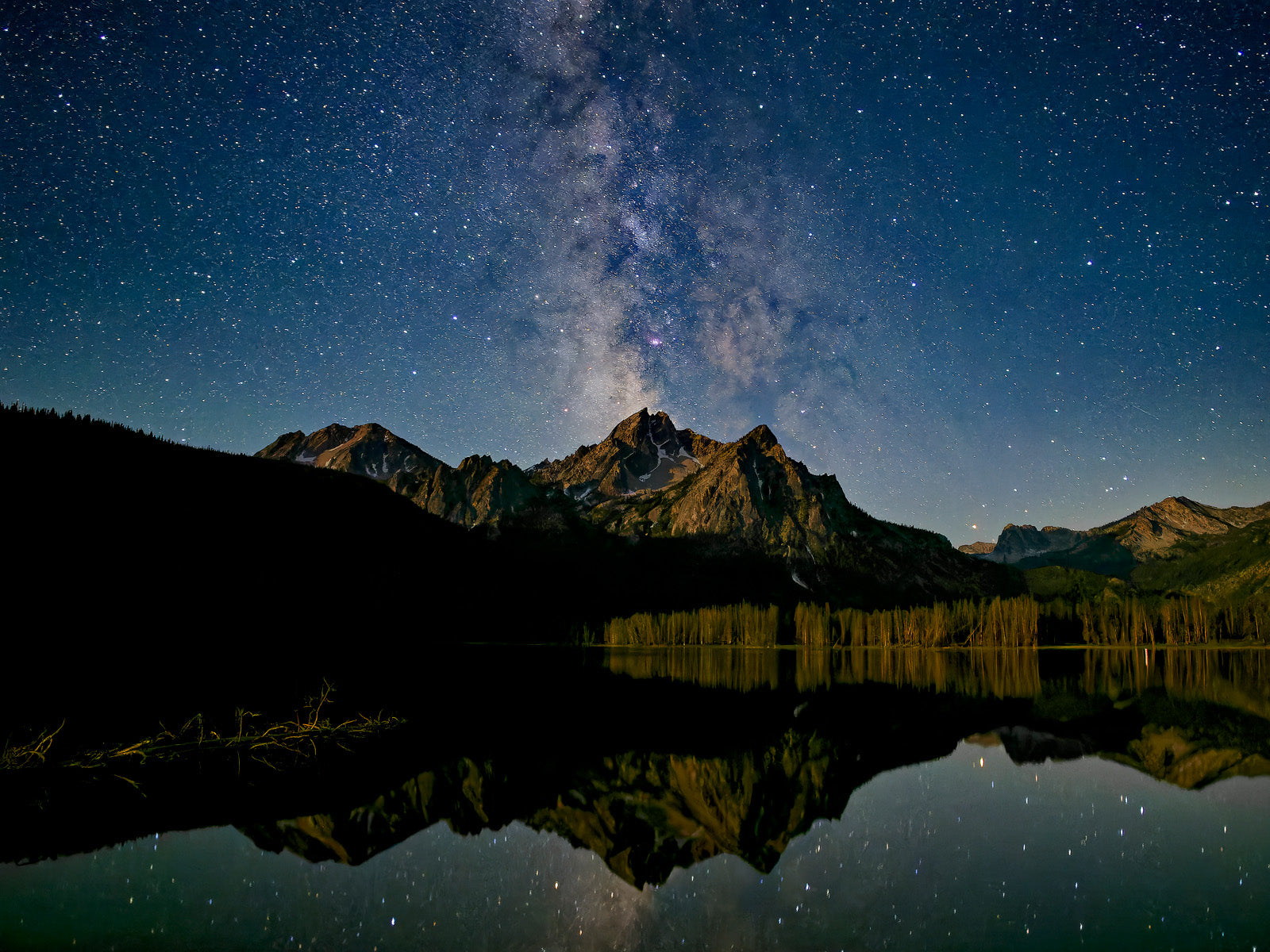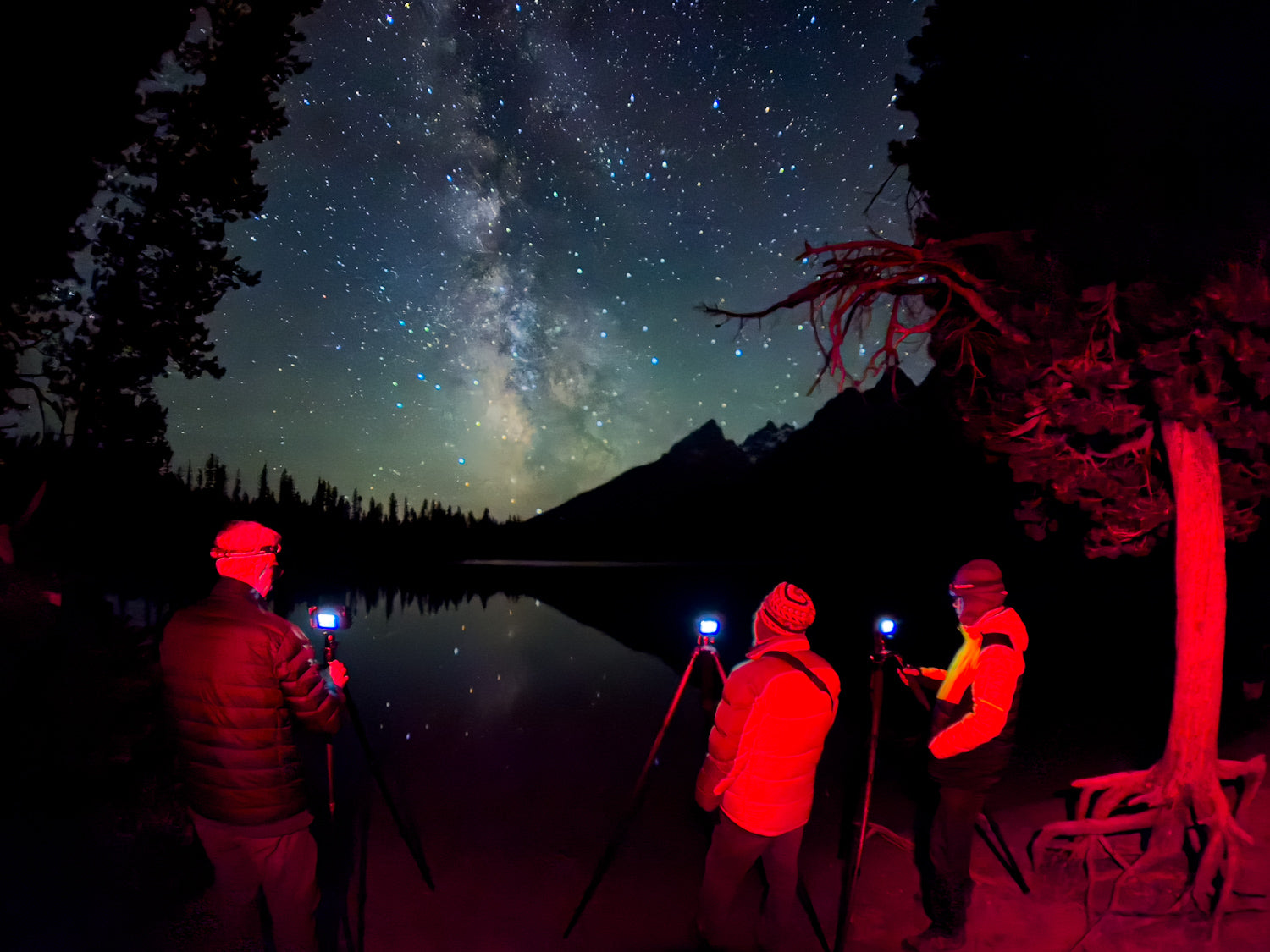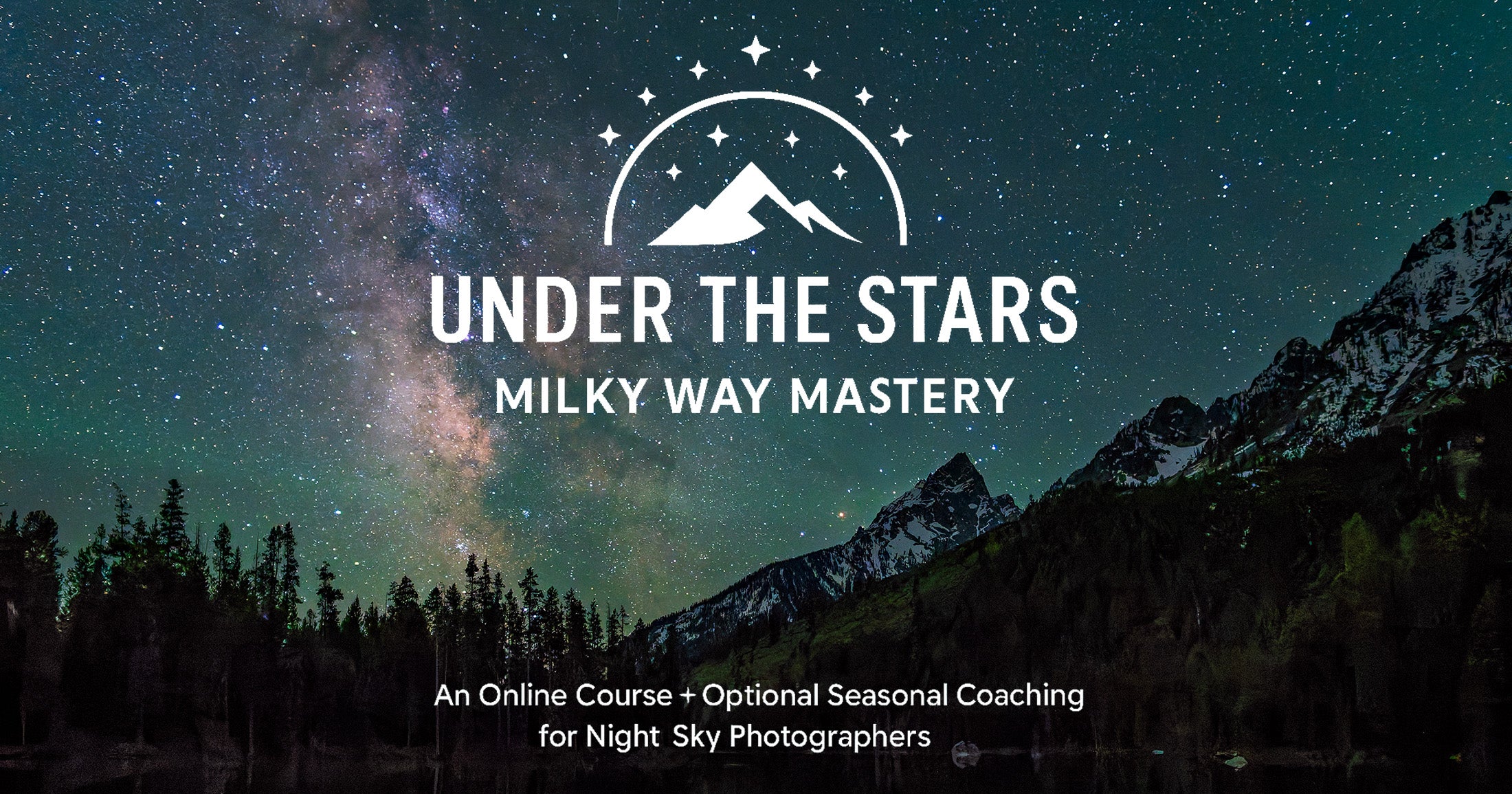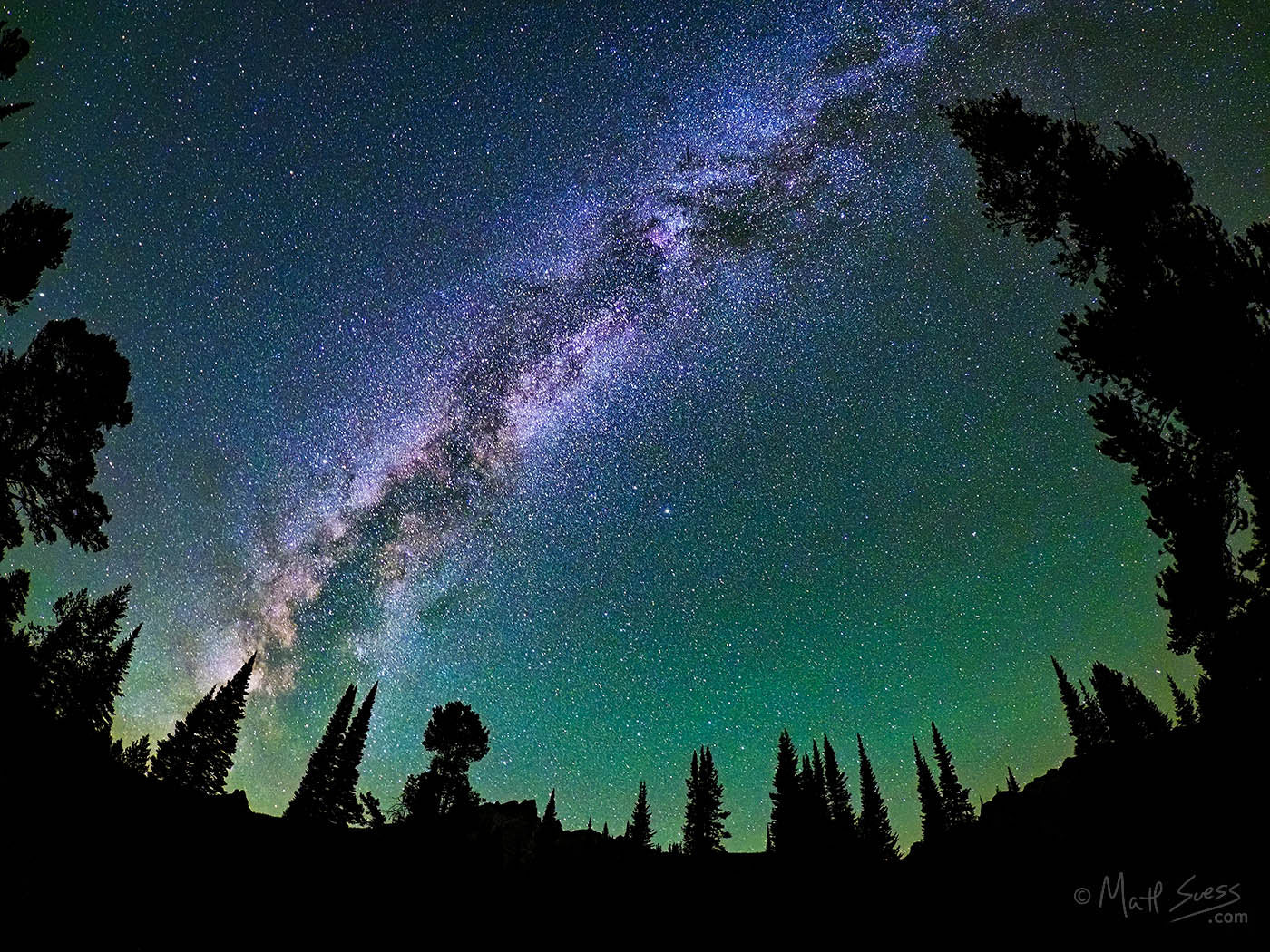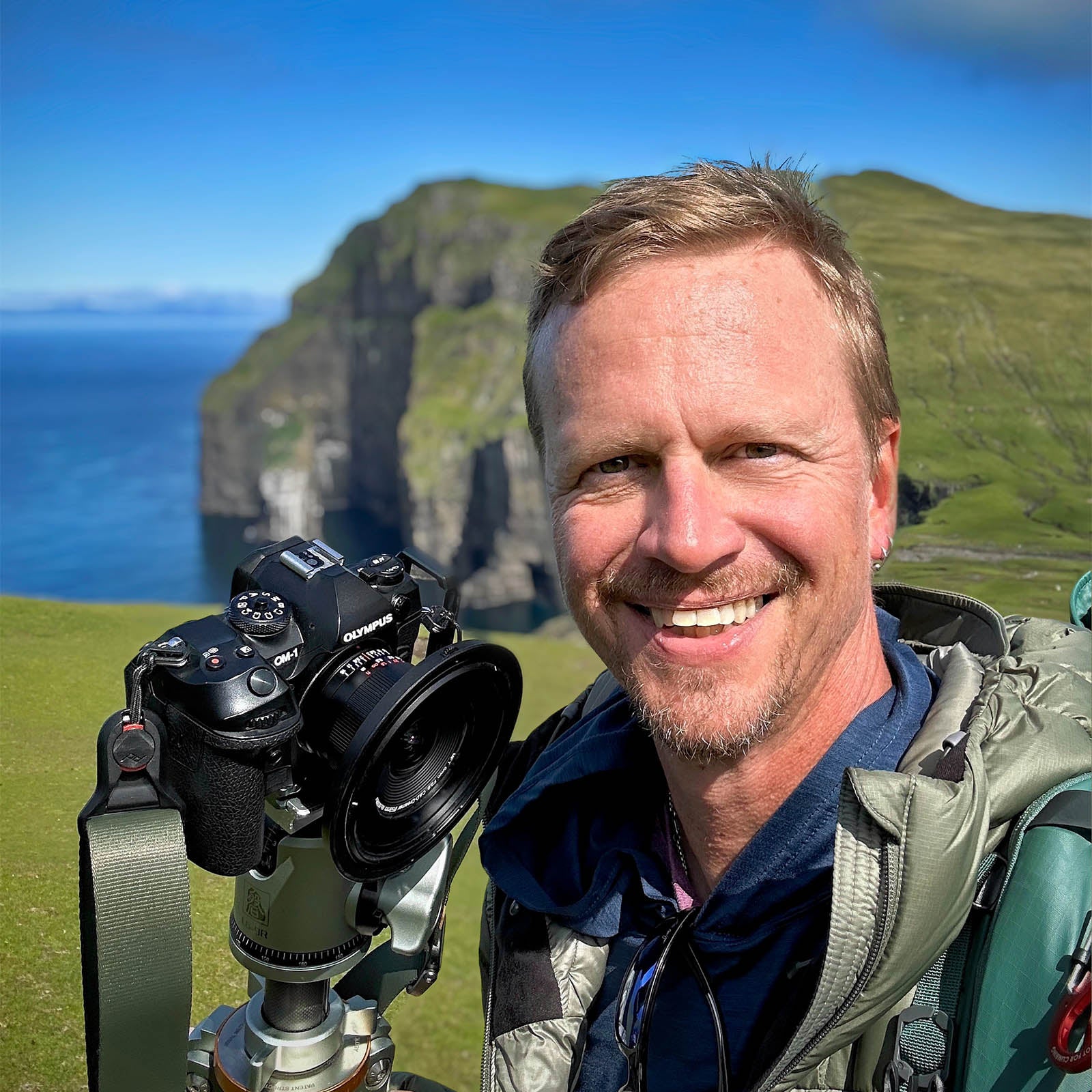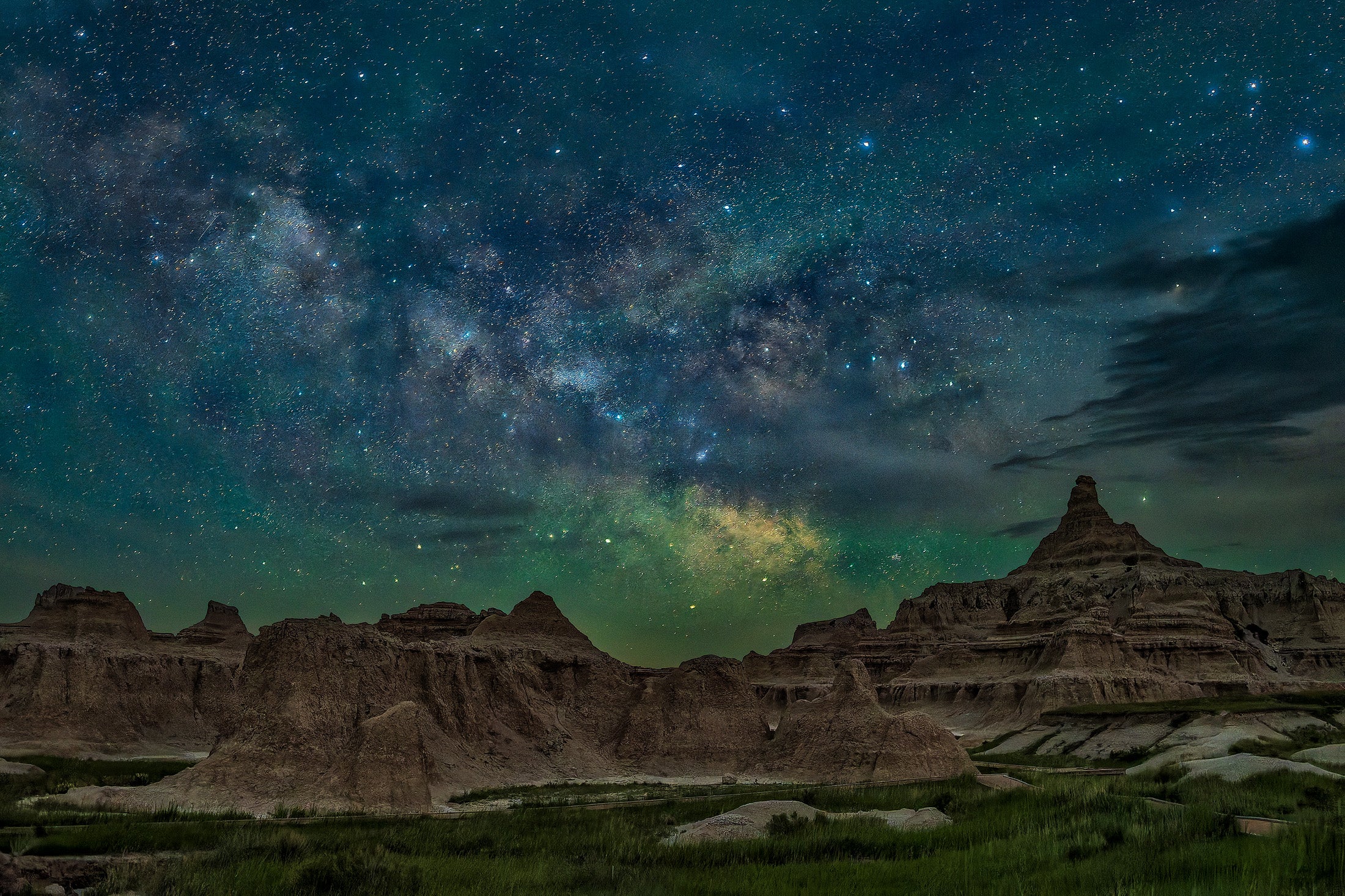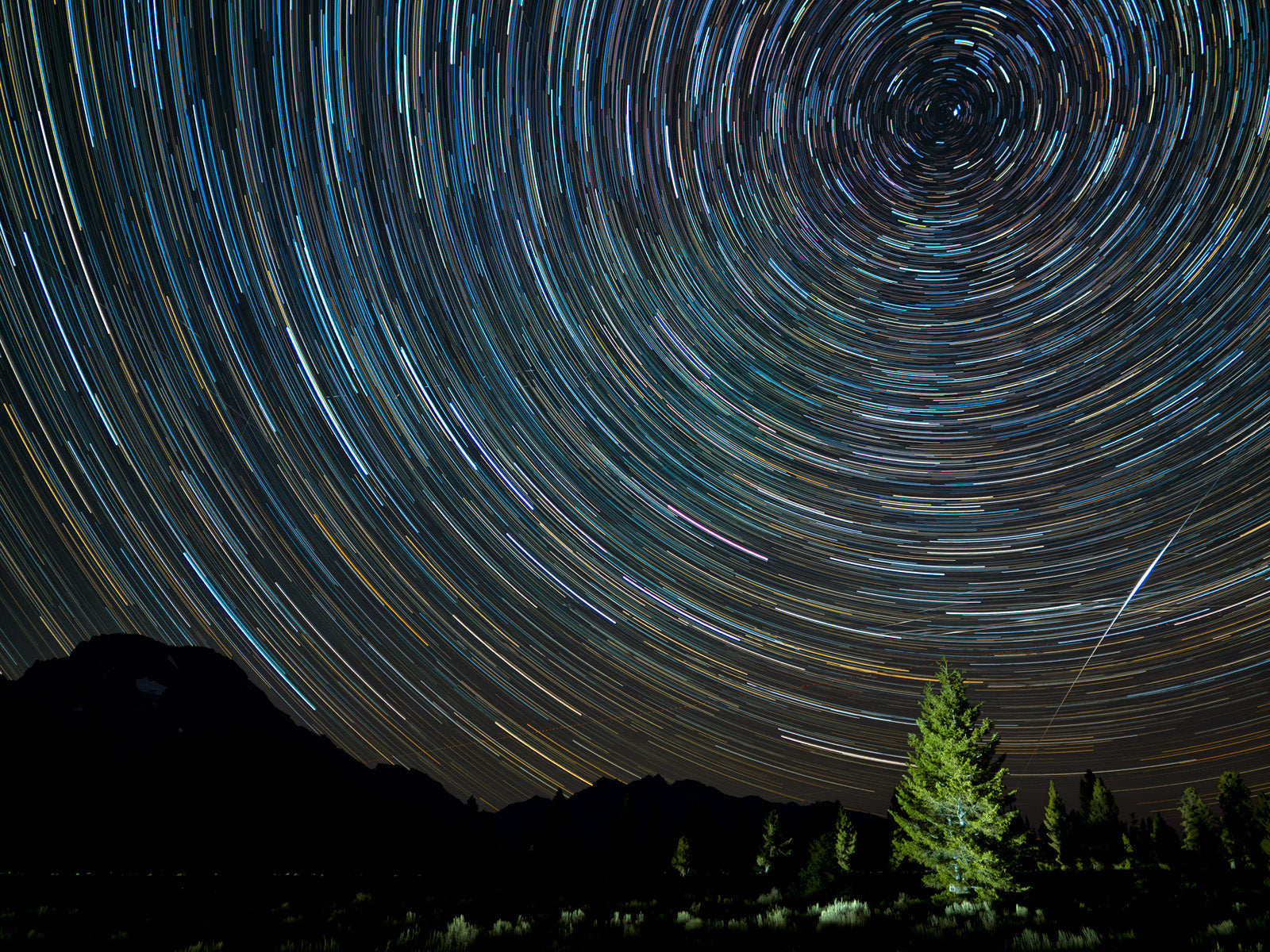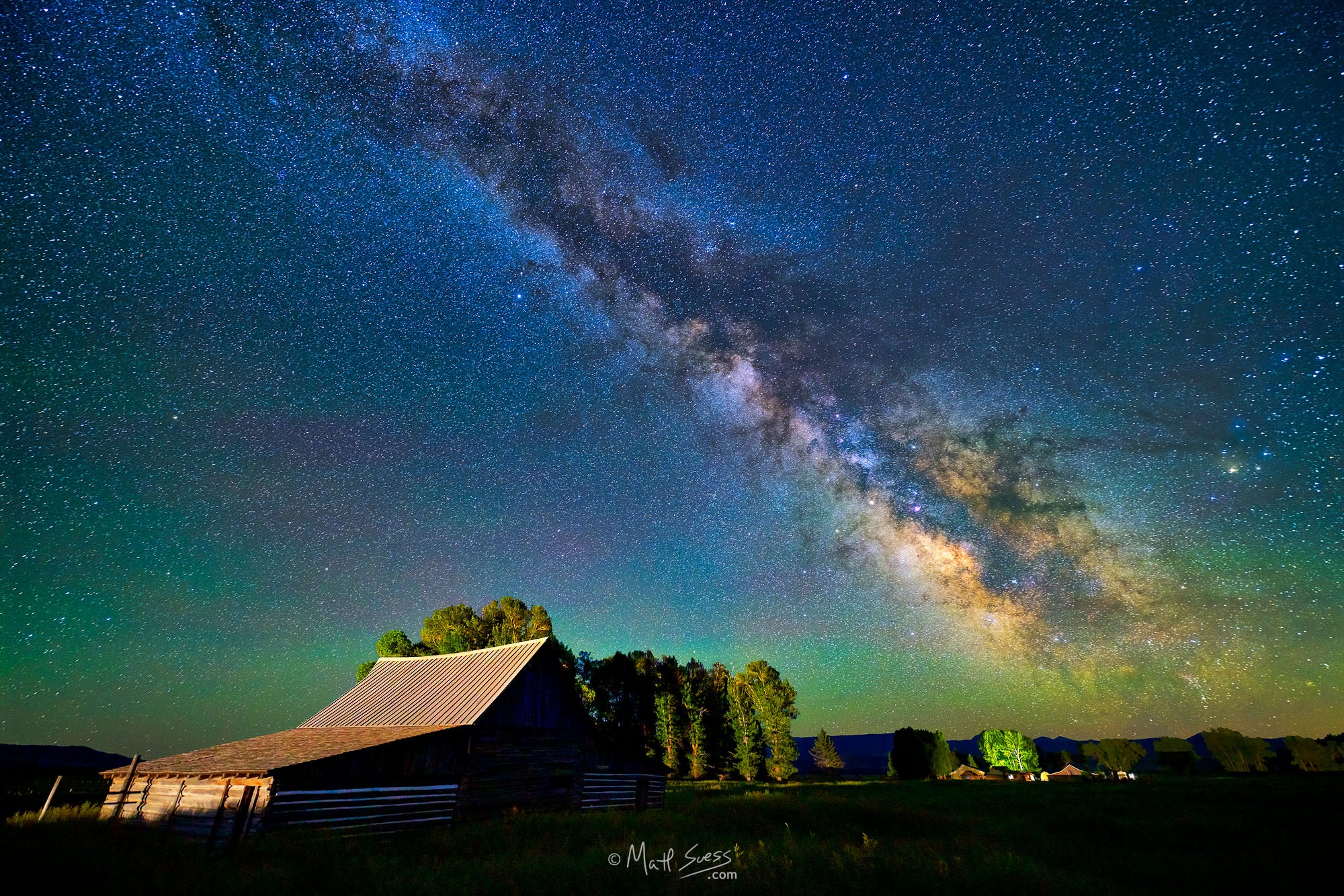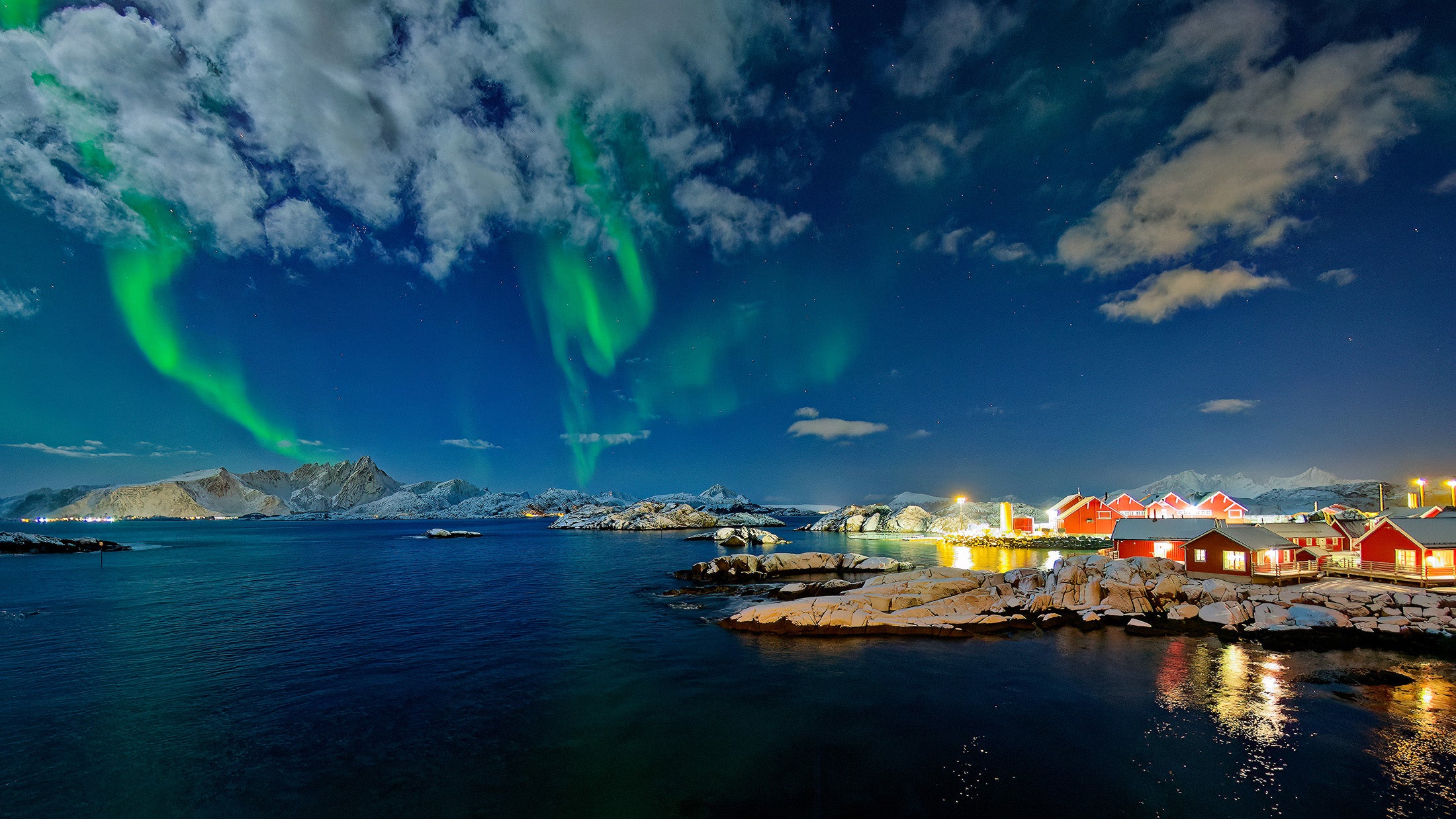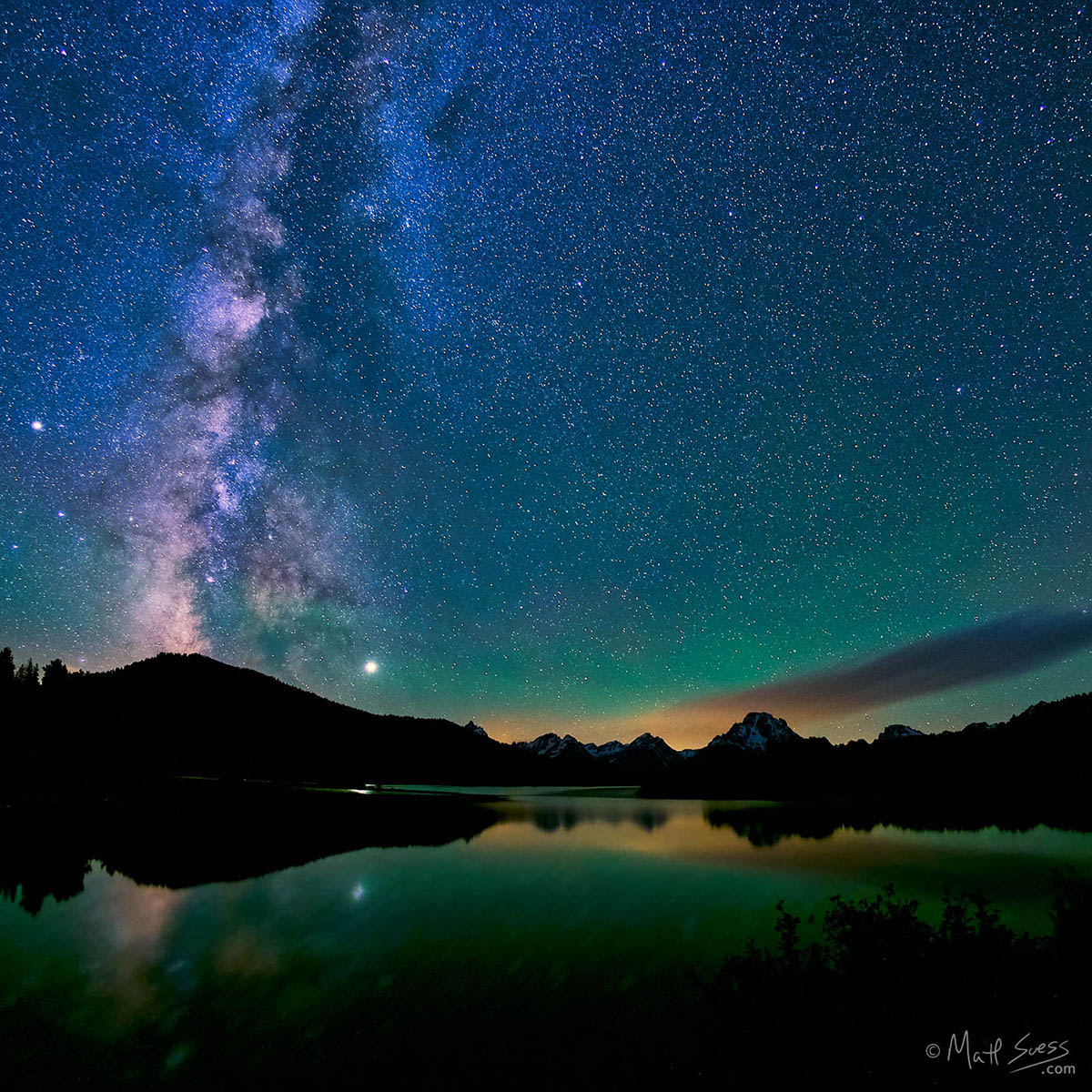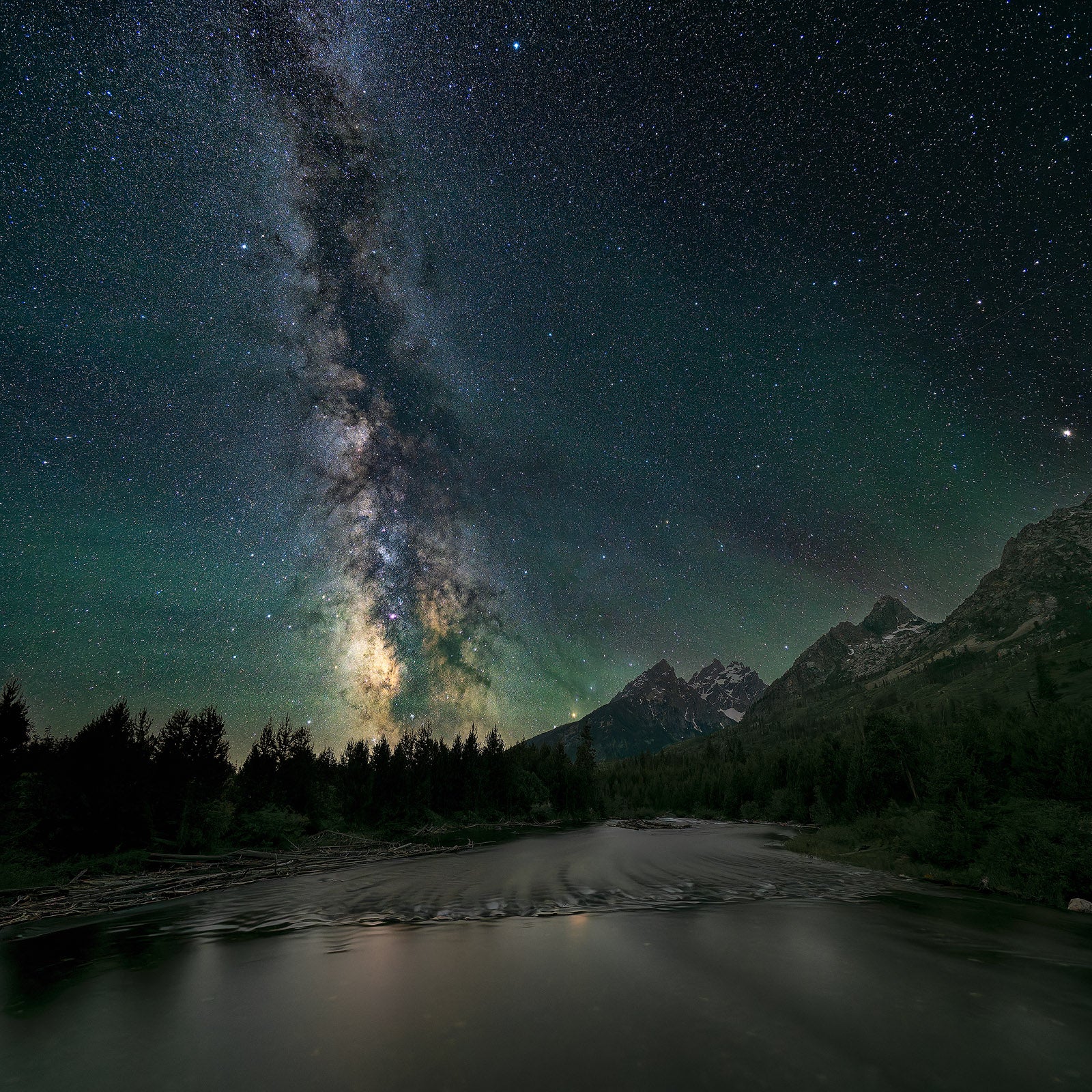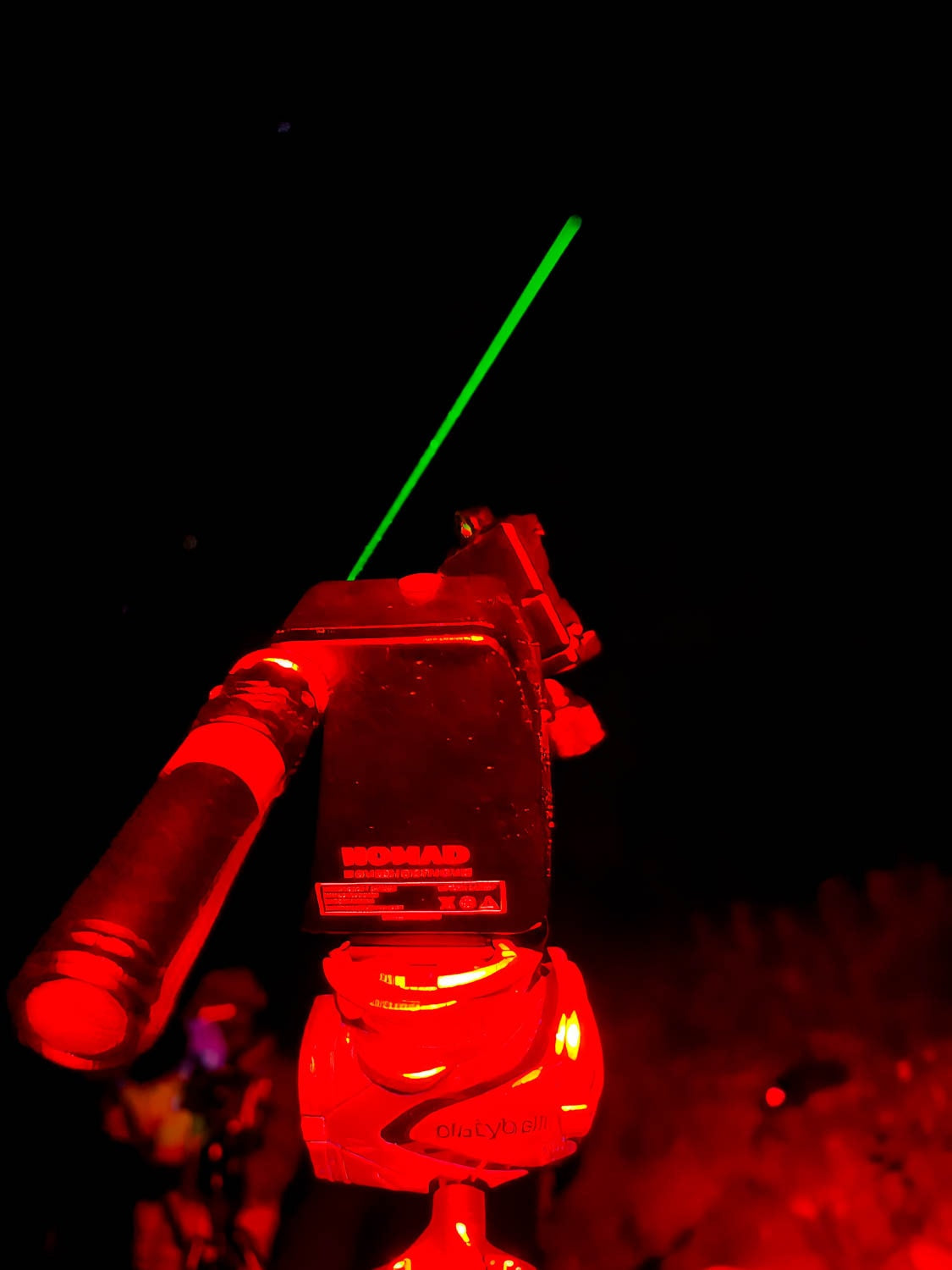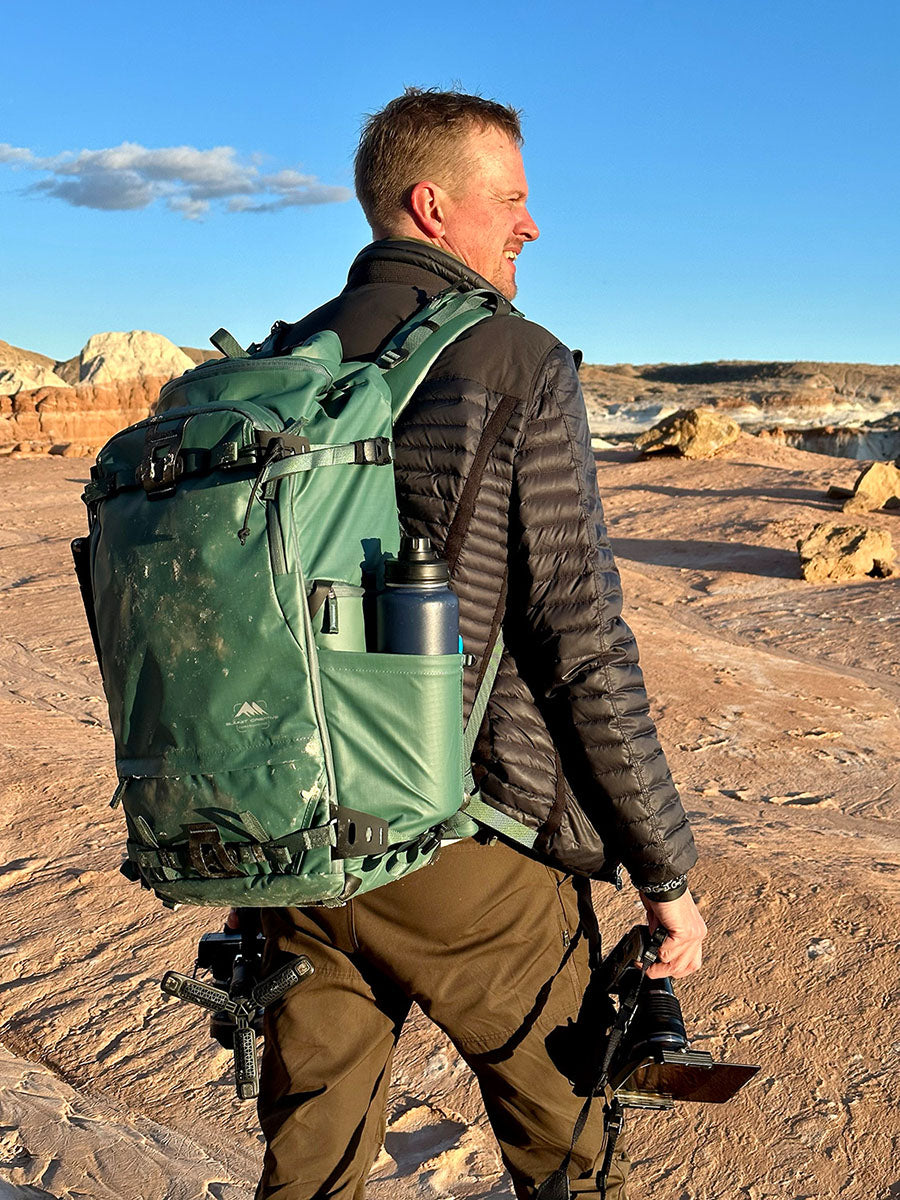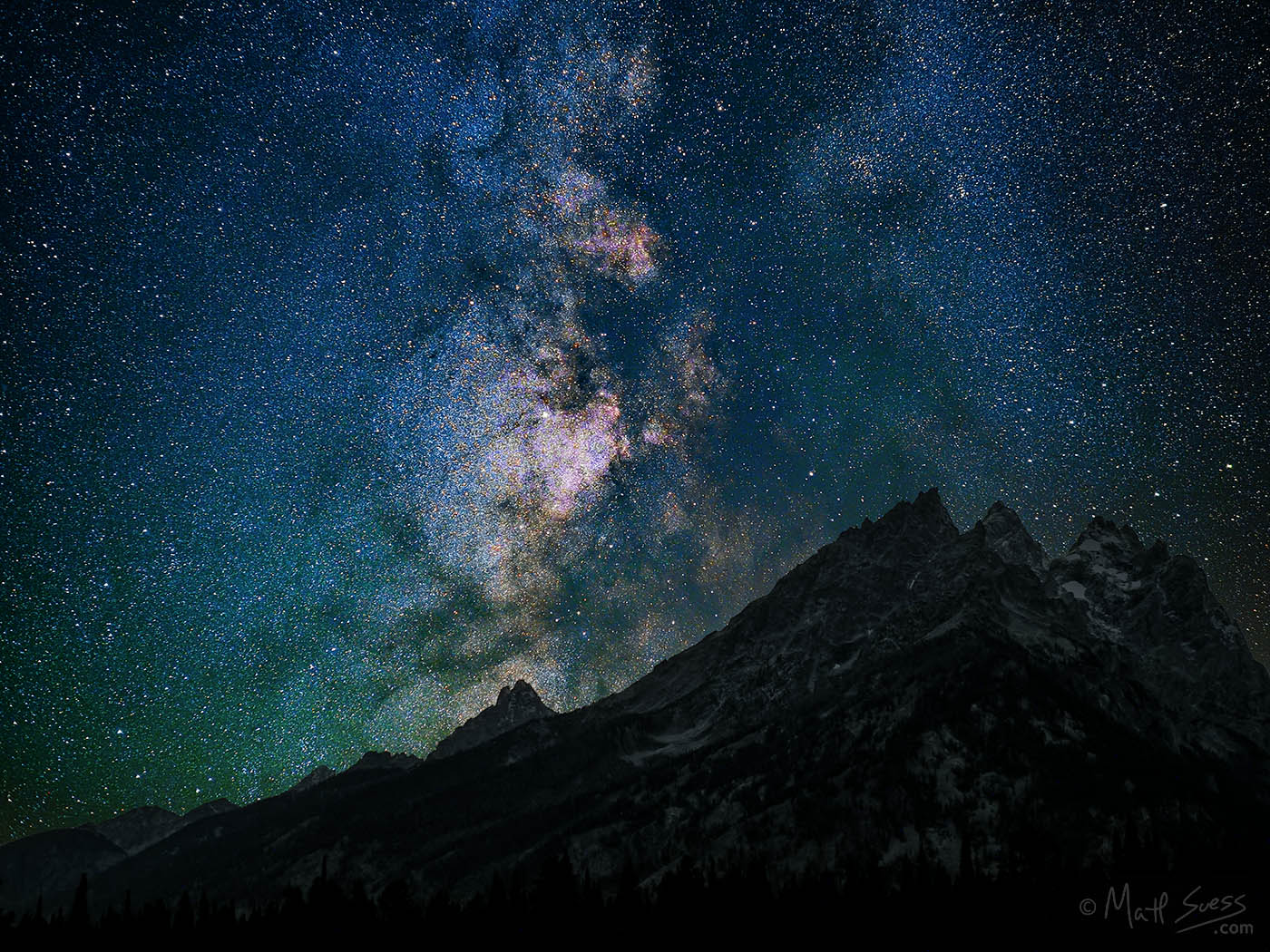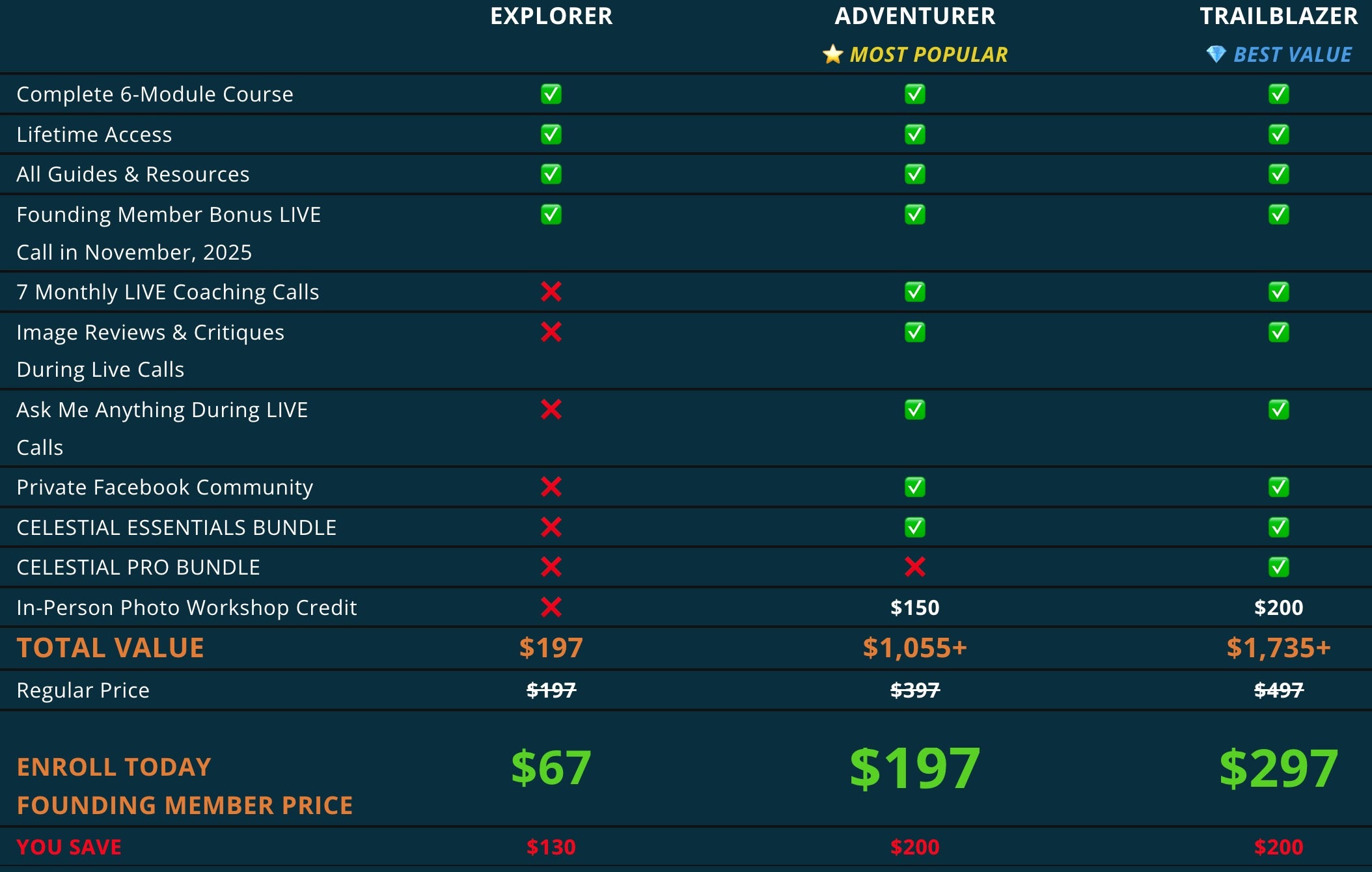Frequently Asked Questions
❓When do the live Zoom calls happen for Adventurers & Trailblazers?
Usually 6pm Eastern on weekdays (often Tuesday). Exact dates provided before March of 2026, but the 7 calls happen once per month March 2026 - September 2026. All calls are recorded and available in your portal within 24 hours, so you can watch live or catch the replay anytime.
❓What if I can't attend live calls?
No problem! Every session is recorded. Many students prefer watching replays so they can pause, take notes, and rewatch sections. You get the full value either way.
❓Can I apply the photo workshop credit to a workshop I already registered for?
The photo workshop credit is good towards your next photo workshop registration, and can not be applied to any workshops you registered to prior to purchasing Under the Stars.
❓Will my images be reviewed?
If you're an Adventurer or Trailblazer, yes - either during the LIVE calls by me, or via group review in our Community! Submit your images before each call 9instructions will be provided). I select several submissions for in-depth critique during our live sessions based on teaching value and variety. With our founding cohort size, I'll be able to review multiple images each call. Everyone who submits regularly will receive feedback over the course of the season.
❓Can I upgrade later if I start with Explorer?
Absolutely! You can upgrade to Adventurer or Trailblazer anytime. Your Explorer purchase will be fully credited toward the higher tier and based on current pricing. Just email me and I'll set it up for you.
❓Do I need an OM SYSTEM camera?
Not at all! I teach photographers using ANY camera brand - Canon, Nikon, Sony, Fuji, Pentax, and more. A few bonus lessons showcase OM SYSTEM-specific features (Starry Sky AF, Live Comp), but the core curriculum works universally. I developed these techniques across multiple camera brands over 40 years.
❓What camera do I need?
Any DSLR or mirrorless camera with manual mode and an ISO range up to 6400. Even older entry-level cameras work great. Remember: I started with slide film in the 1980s. Today's entry-level digital cameras are light-years ahead of what I had.
❓What lens do I need?
Your 18-55mm kit lens will work! On full-frame, anything up to 35mm works well. Wider is better, but absolutely not required. And of course, lenses faster than f2.8 would be ideal, but f4 lenses can take photos of the Milky Way (with just some extra noise to deal with).
❓What other gear do I need?
A stable tripod (doesn't need to be expensive - I started with a basic one). A headlamp with red light mode is helpful. Everything else is optional and covered in the course.
❓I've never shot in manual mode or RAW before. Is this too advanced?
Perfect! That's exactly where I want you to start. We begin from the foundations. Module 5 covers manual mode essentials, and the entire editing workflow assumes you're starting from scratch with RAW files. I've taught complete beginners who'd never left auto mode - they were capturing stunning Milky Way images within weeks.
❓I live near a city with light pollution. Will this still work?
Yes! I teach you how to find darker areas within driving distance (sometimes 30-60 minutes away) and how to work with moderate light pollution. You don't need pitch-black skies for decent results, though darker is better when possible. I'll show you the tools to find your nearest dark sky locations. And Star Trail photos in particular can be great for city locations that are too bright for the Milky Way.
❓Where can I be located geographically?
Almost anywhere in the world. If you're north of 65° latitude (northern Alaska, northern Scandinavia), you won't be able to see the Milky Way core at night during summer. But you can still photograph it at other times or travel south. Most of North America, Europe, Asia, Australia, and South America have excellent Milky Way visibility during the season. My program is based on where I live - in North America, but you can easily translate the info to anywhere in the world.
❓What software do I need?
Adobe Lightroom (or Camera Raw, which is the same interface) and Photoshop. Monthly cost: ~$10-20 depending on plan. Free trials are available from Adobe. I also talk about DxO PureRAW and the Nik Collection.
❓When do I get access to everything?
Immediately after enrollment! Course content releases now through February 2026 - you don't have to wait until March to start learning. Live calls begin March 2026. You'll have months to master the fundamentals before Milky Way season starts.
❓Is there a renewal fee?
Your course purchase includes lifetime access to the 2026 Edition content - it's yours forever. The optional annual renewal (exact pricing TBD) gives you access to that year's live coaching calls, course updates, and continued community access. It's completely optional.
❓What if I have questions between live calls?
Adventurer and Trailblazer members have full access to our private Facebook community where you can ask questions anytime, share images, and get feedback from both me and fellow students. It's an incredibly supportive group - like the camaraderie from my in-person workshops, but available 24/7.
❓Can I download the videos?
Videos stream through your secure course portal. This ensures you always have the most updated version and any improvements I make. Internet connection required, but you can watch on any device.
❓I took an in-person workshop with you. Is this course different?
Yes! While we cover similar foundational content, the online course includes lifetime access (vs. a weekend workshop), optional monthly coaching throughout the entire season, advanced bonus modules, and the ability to revisit concepts as many times as you need. Many of my workshop students also take the course for the ongoing support and advanced content.
❓What makes your teaching different?
I've been where you are. I struggled for years with blurry stars, incorrect exposures, and wasted nights. I'm not someone who "always just got it" - I earned this knowledge through decades of trial and error. My teaching style is encouraging, down-to-earth, and practical. No confusing jargon. No making you feel stupid for asking questions. Just real guidance from someone who genuinely wants you to succeed.


